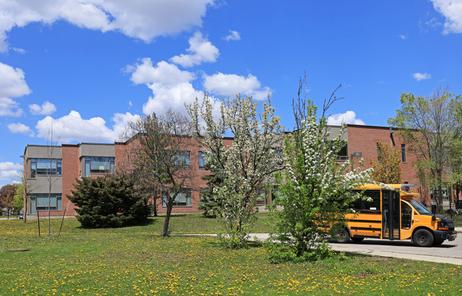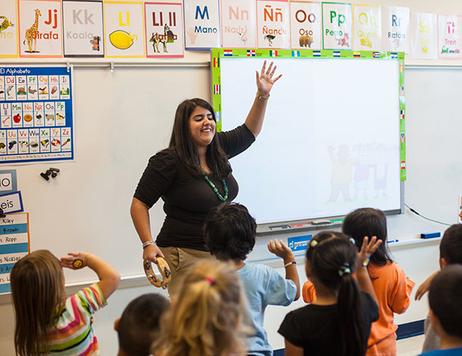History of Public Education
The first schools in colonial America were private. Public schools per se came much later on in the 19th century. A History of Public Schools offers a comprehensive overview of the subject.
Funding and Budgeting
U.S. public schools supplemented by funding from state and private sources. 92% of public school funding comes from non-federal sources. An Overview of the Funding of Public Schools explains how the system works. Here are two examples of school district budgets to illustrate the disparity regarding funding between a large urban school district and a small rural school district.
Large School District (Example):
Total Annual Budget: $1.2 billion
Sources of Funding:
- State Funding: $700 million
- Local Property Taxes: $300 million
- Federal Grants: $150 million
- Other Sources (e.g., donations, grants): $50 million
Expenditure Breakdown:
- Instructional Costs (teachers, textbooks, supplies): $600 million
- Administrative Costs (salaries, facilities, utilities): $200 million
- Student Support Services (counseling, special education): $150 million
- Transportation: $50 million
- Building Maintenance: $50 million
- Extracurricular Activities: $30 million
- Debt Service: $20 million
- Reserves and Contingencies: $50 million
Compare this hypothetical budget with the actual of the Houston ISD.
Small School District (Example):
Total Annual Budget: $10 million
Sources of Funding:
- State Funding: $5 million
- Local Property Taxes: $3 million
- Federal Grants: $1 million
- Other Sources (e.g., donations, grants): $1 million
Expenditure Breakdown:
- Instructional Costs (teachers, textbooks, supplies): $4 million
- Administrative Costs (salaries, facilities, utilities): $1 million
- Student Support Services (counseling, special education): $500,000
- Transportation: $150,000
- Building Maintenance: $200,000
- Extracurricular Activities: $50,000
- Debt




















